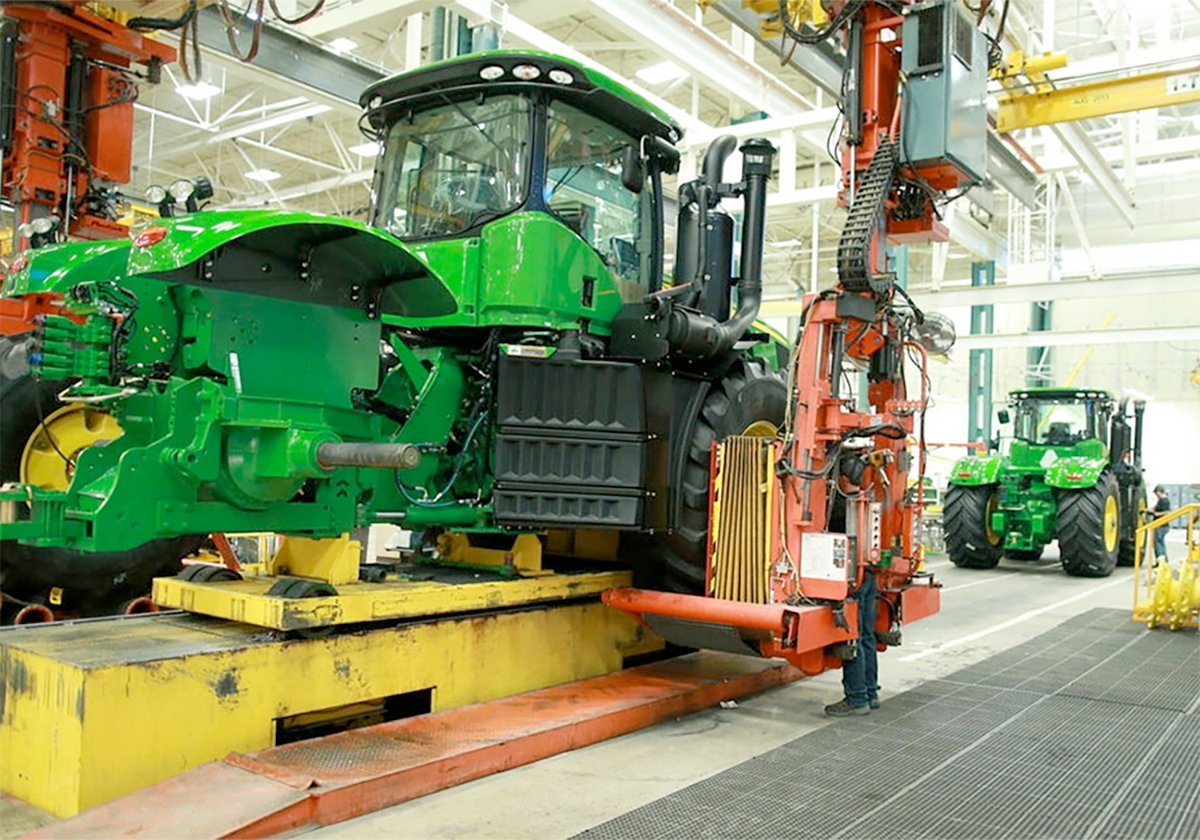What is preventing Saskatchewan from reaching its potential in cattle
production? Does the province have an inferiority complex?
Tracey Edge, manager of the Saskatchewan Stock Growers Association,
cocked her head to one side as she measured her words.
“You know, a lot of Alberta people wouldn’t tolerate comments about
their province that Saskatchewan people do about Saskatchewan,” she
said.
Edge knows, because she’s a transplant. Raised on a ranch near
Cochrane, Alta., she is about to settle down on a cattle operation near
Read Also

Trump’s trade policies take their toll on Canadian producers
U.S. trade policy as dictated by president Donald Trump is hurting Canadian farmers in a multitude of ways.
Dundurn, Sask., hundreds of miles from the scenic foothills.
Put another way, Edge will soon be a stubblejumper. A flatlander. A
gapper, resident of that big “gap” between Alberta and Manitoba – or
Alberta and Toronto, if you’re super-Albertified.
Some factions love to poke fun at Saskatchewan and Saskatchewanians
tend to let them, although it’s hard to say why.
But say something nasty about Klein country to an Albertan and like as
not you’ll hear more than you bargained for about provincial beauty,
prosperity, people, scenery, etcetera.
Their pride in the province sticks out like the thorns on an Alberta
rose, and can be just as prickly.
“We need to learn to give ourselves a bit more credit in this
province,” Edge told an audience at Cattle Congress in Saskatoon this
weekend.
Panel member Chris Poley agreed.
“It’s got a lot to do with attitude,” said the 25-year-old owner of
Tisdale Livestock Centre, as he explained the slow development of
Saskatchewan’s cattle business.
Alberta has long been the centre of Canada’s livestock industry, but
traditional cow country is getting crowded, Poley notes. Alberta
ranchers are looking east.
“Not only can they expand their land base and buy cheap land, but they
are coming after our water and our natural resources, especially in the
northeast.”
Added Edge: “The people that have moved here (from Alberta) have
identified the opportunities.”
Edge and Poley are examples of young people who see a future in
Saskatchewan agriculture. There were dozens more in evidence at Cattle
Congress – 4-H members showing and judging cattle.
That kind of energy and enthusiasm ought to help cure any inferiority
complex afflicting Saskatchewan’s cattle business.















